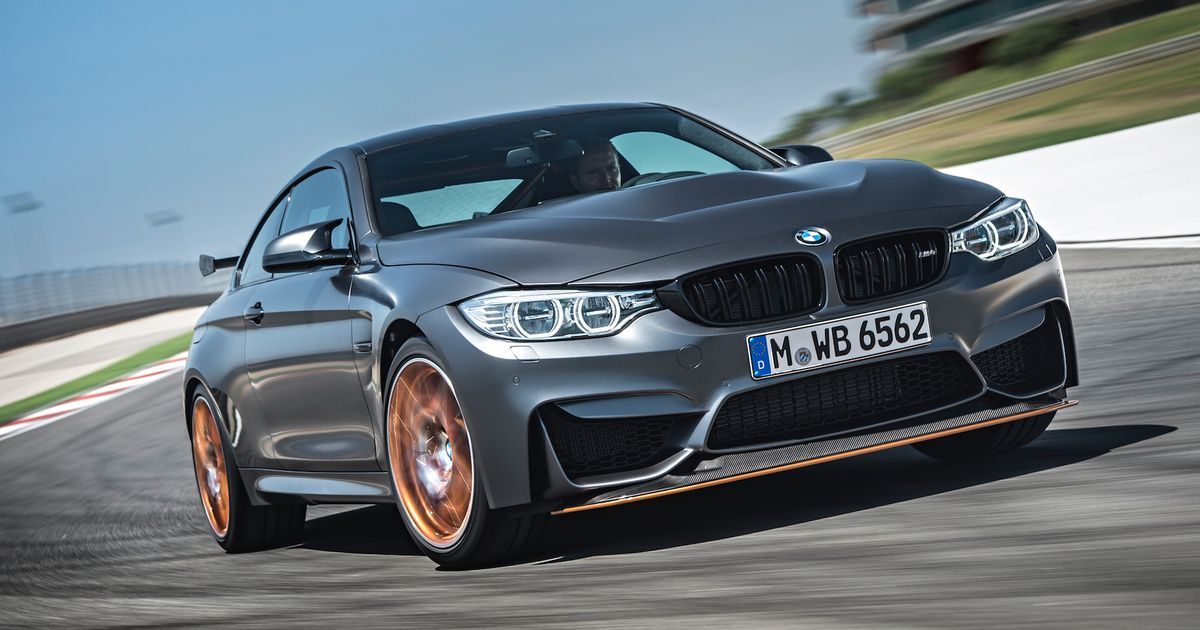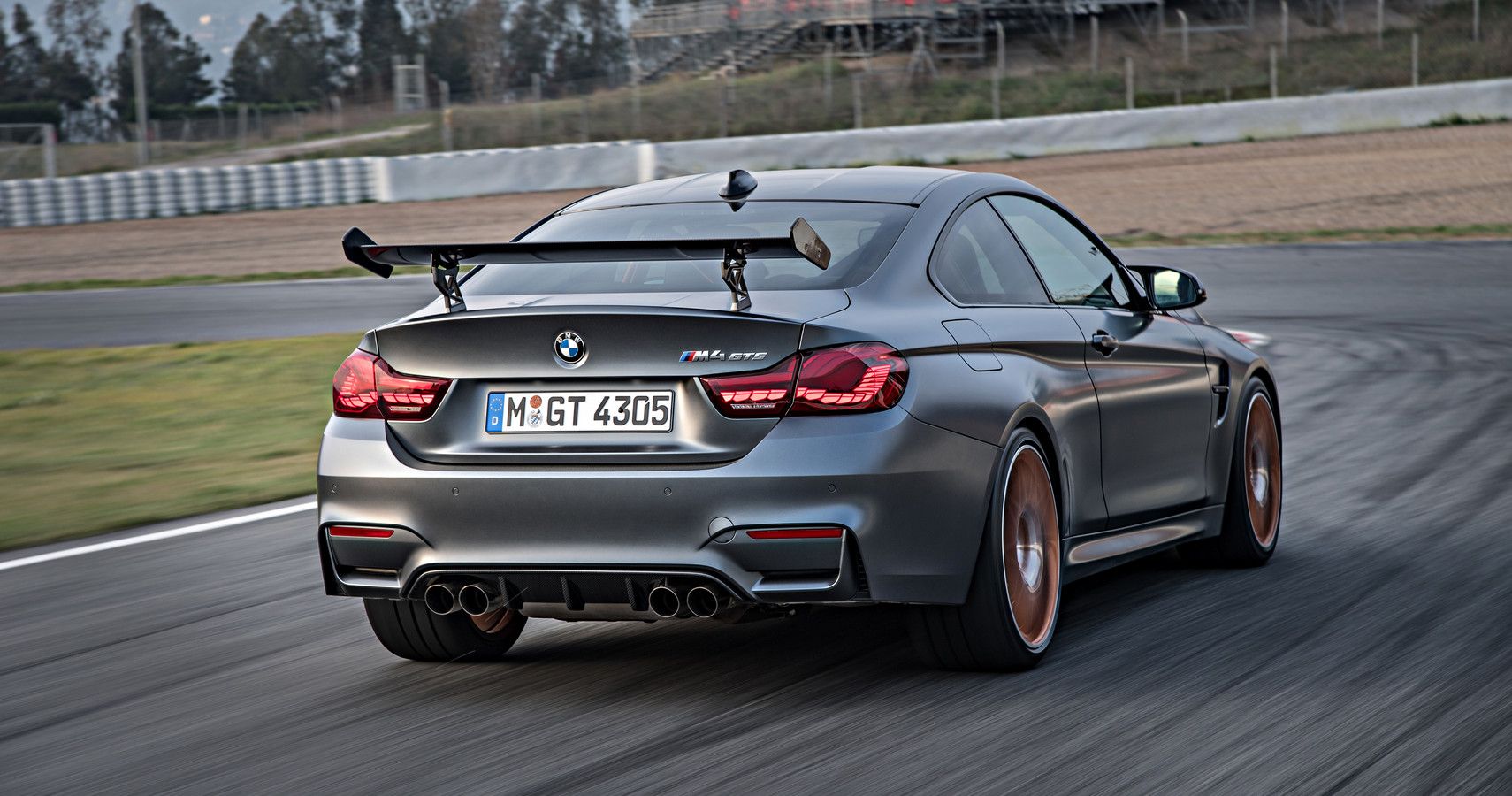Bavarian Motor Works has been in existence for over a century, an exciting journey filled with exploits in aircraft engines, motorcycles, automobiles, near-bankruptcy, takeovers, collaborations, and great rivalries. Although BMW has established itself as a leading brand with an impressively broad horizon, the automaker has ultimately gained the respect of drivers globally for its luxury and high-performance cars.
Since the 1930s, BMW has consistently delivered iconic sports cars that have stamped their authority on the streets and motorsports, boasting a unique blend of quality, luxury, and top-tier performance. Most of these memorable high-performance cars have ascended into legendary status, with several others enjoying global cult status. It's never an easy task to cherry-pick from the vast Bavarian lineup, but here's our list of the ten sickest BMW sports cars ever.
10 BMW 328 Roadster (1936-1940)
Amid the economic crisis after the Second World War, the 328 Roadster ushered in a new era for not just BMW but the future of the German sports car. Unveiled for the first time in 1936 in the Nürburgring paddock, the two-seat Typ 328 sports car dazzled the press and observers through its streamlined body, 1,830lbs weight, and phenomenal performance capabilities.
Under the hood was a BMW 319-derived 2.0-liter six-cylinder engine paired with a four-speed transmission to deliver 80hp at 4500 rpm. The illustrious 328 Roadster established BMW's racing pedigree through 141 national and international race victories, including legendary races such as the Tourist Trophy, La Turbie Hillclimb, Alpine Rally, Mille Miglia, and 24 Hours of Le Mans.
9 BMW E9 3.0 CSL (1973-1975)
Fondly dubbed the 'Batmobile,' the E9 3.0 CSL is undoubtedly one of BMW's most loved sports cars. The then-newly-founded BMW Motorsport GmbH under Jochen Neerpasch upgraded the timid 1971 3.0 CSL homologation model into the iconic 1973 3.0 CSL model that offered a turning point for BMW in motorsport.
The final homologation version from 1973 boasted 206hp output, greater capacity, better dynamics, extremely lightweight construction, and a distinctive aero package. The race-spec model won six European championships from 1973 until 1979, including 24 Hours of Le Mans class wins and victories at 24 Hours of Spa, 6 Hours of Nürburgring, Salzburgring 4 Hours, Daytona 24 Hours, and Sebring 12 Hours.
8 BMW M1 (1978-1981)
Unfortunately for the M1, several failures and the streak of bad luck that haunted it from development to demise make it one of those models that time often forgets. Nonetheless, BMW's first M-car is one of the best BMW supercars to grace the auto industry. Its timeless design combined with outstanding racing technology made it an automotive legend.
Before the i8 arrived in 2014, the race rack-oriented M1 was the only mid-engine model in BMW's lineup, boasting the 266hp 3.5-liter M88 engine. Surprisingly quick by today's standards, with impeccable handling and rock-solid stability, the M1 has received increasing appreciation from enthusiasts over the years. And considering production halted at 460 examples, the iconic M1 is a rare and highly-collectible BMW sports car.
7 BMW M3 E30 Sport Evolution (1986-1991)
When BMW sought to dominate Group A touring car racing in the 1980s, it turned to the series-produced 3 Series for homologation. The result? The first BMW M3. The race-spec M3 E30 stomped its competition in touring car racing and rallying, boasting over 1,500 victories. As a result, the homologation M3 revolutionized the mid-size sports car segment and set a benchmark for contemporary sports cars.
However, the special edition Sport Evolution that BMW Motorsport GmbH introduced in 1990 for a limited 600 unit-run embodied the ultimate form of the E30 M3. The Sport Evolution was the most powerful and one of the rarest models in the E30 3 Series, boasting 2.5-liter displacement with 238hp on tap.
6 BMW Z8 (2000-2003)
The iconic 507 was a luxurious GT convertible, typically aimed at the blossoming American market in the 1950s. The perfect modern homage to this exquisite Bavarian classic was the Z8, which arrived five decades later. BMW nailed the unveiling and marketing of the Z8, launching it as an instant classic in pop culture with a big-screen debut in a James Bond film.
The Z8 sports car was the ultimate car in the Z series, standing out from the rest of the BMW lineup with a lightweight aluminum space frame with substantial structural rigidity, surprisingly low 3,500lb weight, capable handling, and brutal acceleration. BMW Motorsport developed the 5.0-liter S62 V-8, revising it for the Z8 to deliver 400hp at 6600 rpm.
5 BMW E46 M3 CSL (2003)
The iconic M3 CSL was the crowning achievement of the third M3 series, regarded as the most hardcore BMW sports car when it debuted in 2003. Like its CSL predecessors, weight reduction is deeply rooted in the sports car's DNA. Distinguishing features include a single 'porthole' on either side of the front apron, the first carbon-fiber roof on an M-car, an aluminum hood, thin-glassed rear windows, special thin-walled exhaust system, special door sills, and a curved spoiler lip integrated into the carbon-fiber trunk lid.
The lightweight construction also involved special composite material and carbon fiber for the front apron, intake airbox, rear diffuser, and several interior components to achieve a curb weight of 3,053lbs. The M3 CSL featured a 355hp S54B32HP inline six-cylinder engine that allowed it to achieve an impressive power-to-weight ratio of 8.49lbs per hp.
4 BMW Z4 M Coupe (2006-2009)
The BMW Z4 M-Coupe may not seem like much, but it's currently a highly sought-after classic sports car, 16 years after its debut. For one, the Z4 M Coupe is a style icon, boasting a striking design comprising an endlessly long hood, a characteristic lateral flyline, a short, athletic hatchback tail, and four tailpipes emanating vertically on the outer ends of the spoiler-like tear-off edge.
Besides looks, the two-seater Z4 M Coupe features the legendary S54 engine, offering power and acceleration, purist driving pleasure, and a great need for speed. The power-to-weight ratio stands at 9.61lbs/hp, and 0-60mph arrives in 5 seconds, making it faster to 60mph than the iconic M3 E46. Even more impressive, BMW built GT3 racing versions with similar dynamics as the production model, winning 11 of the 16 races in the 2009 and 2010 seasons.
3 BMW i8 (2014-2020)
The iconic i8 is BMW's first series-produced plug-in hybrid sports car, a pioneer that most enthusiasts anticipate will be a future classic in the way it's still synonymous with sustainability. The aerodynamically sophisticated design was futuristic, flaunting features like butterfly doors, a paneled underbody, a flat front hood, and air ducts between the taillights and roof frame, not forgetting a drag coefficient of 0.26.
The i8 delivered a high degree of traction through an innovative all-wheel-drive system that saw the electric motors drive the front wheels, while the combustion engine with BMW TwinPower Turbo powered the rear wheels. The cutting-edge performance involved 141hp and 184lb-ft of torque from the electric engine and 228hp and 236lb-ft of torque from the 1.5-liter three-cylinder engine.
2 BMW M2 Competition (2018 - Present)
The first-ever BMW M2 Competition was the most hardcore incarnation of the 2 Series and arguably one of the best BMW performance cars of the last decade. The M2 Competition replaced the M2 Coupe, distinguished by a more aggressive-looking high-gloss black grille, aerodynamic mirror caps, lighter 19-inch forged wheels and larger air intakes.
Under the skin, changes included an upgraded chassis with CFRP high-precision strut brace, recalibrated DSC, an electronically-controlled Active M Differential, larger disc and brake calipers, and a two-pass exhaust system with electronically-controlled flaps. The M2 Competition inherited the cooling system and the 405hp 3.0-liter inline six-cylinder engine with twin Mono-Scroll turbochargers from the larger M4 Competition, while the oil supply is derived from motorsport.
1 BMW M4 GTS (2016)
The radical M4 GTS is undoubtedly the cream of BMW sports cars, described as a formidable track tool with street-approval and prodigious power to boot. It's also among the fastest among BMW M special models, honing superior performance mettle than the M3 GTS, M3 CSL, and M3 GT. BMW engineers made the interior elements, hood, roof, boot lid, rear diffuser, adjustable front splitter, and adjustable wing with high-tech lightweight material to achieve a remarkable 6.6lb/hp power-to-weight ratio.
The M4 GTS houses a refined version of the award-winning 3.0-liter six-cylinder turbo engine from the M3 and M4 series, equipped with an innovative water injection system to deliver 500hp and 443lb-ft of torque. Shortly after its debut, the M4 GTS became the fastest BMW production car around the Nürburgring, posting a fantastic lap time of 7:28 to rival the McLaren MP4-12C and Ferrari 458 Italia.

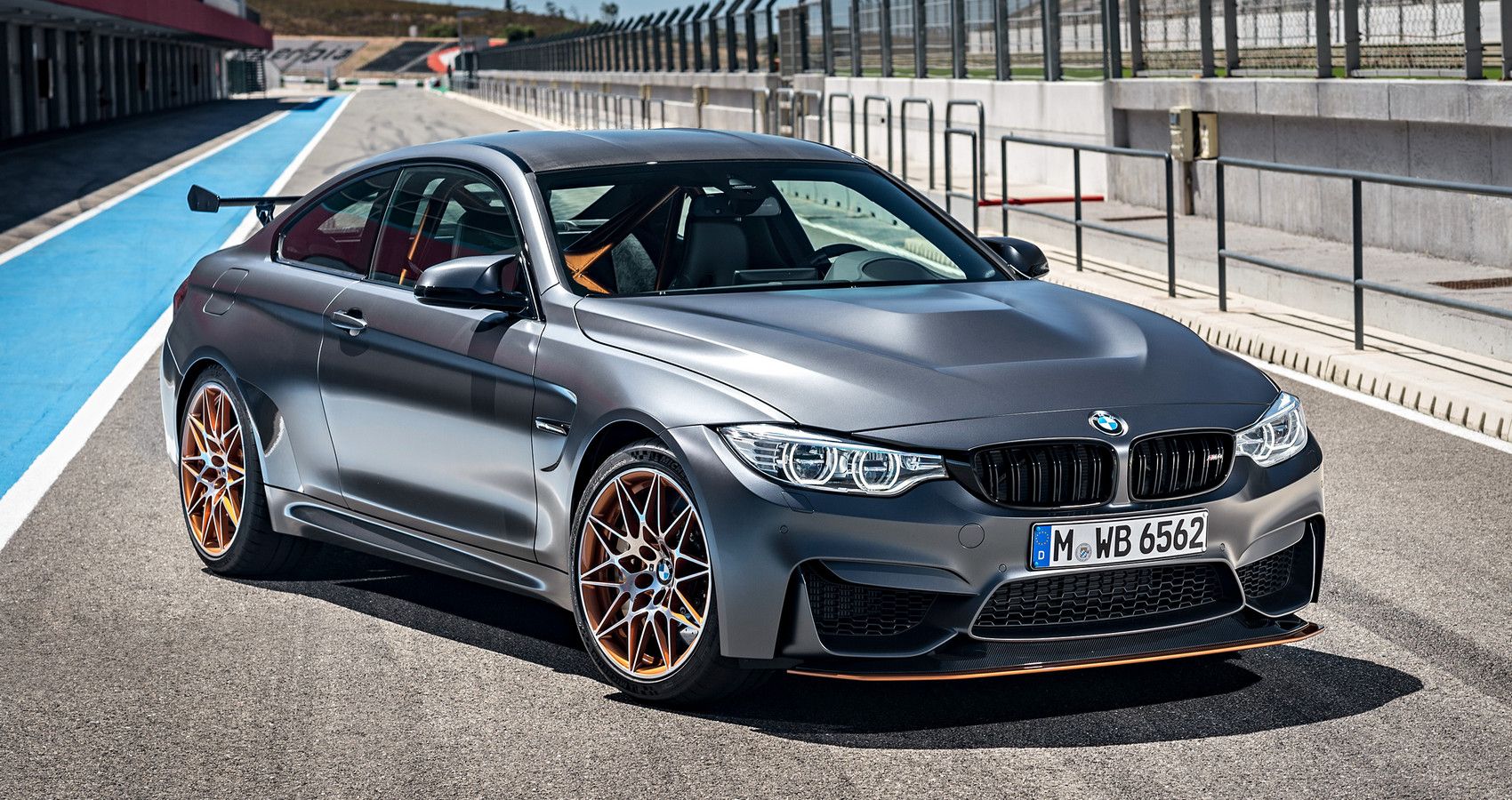
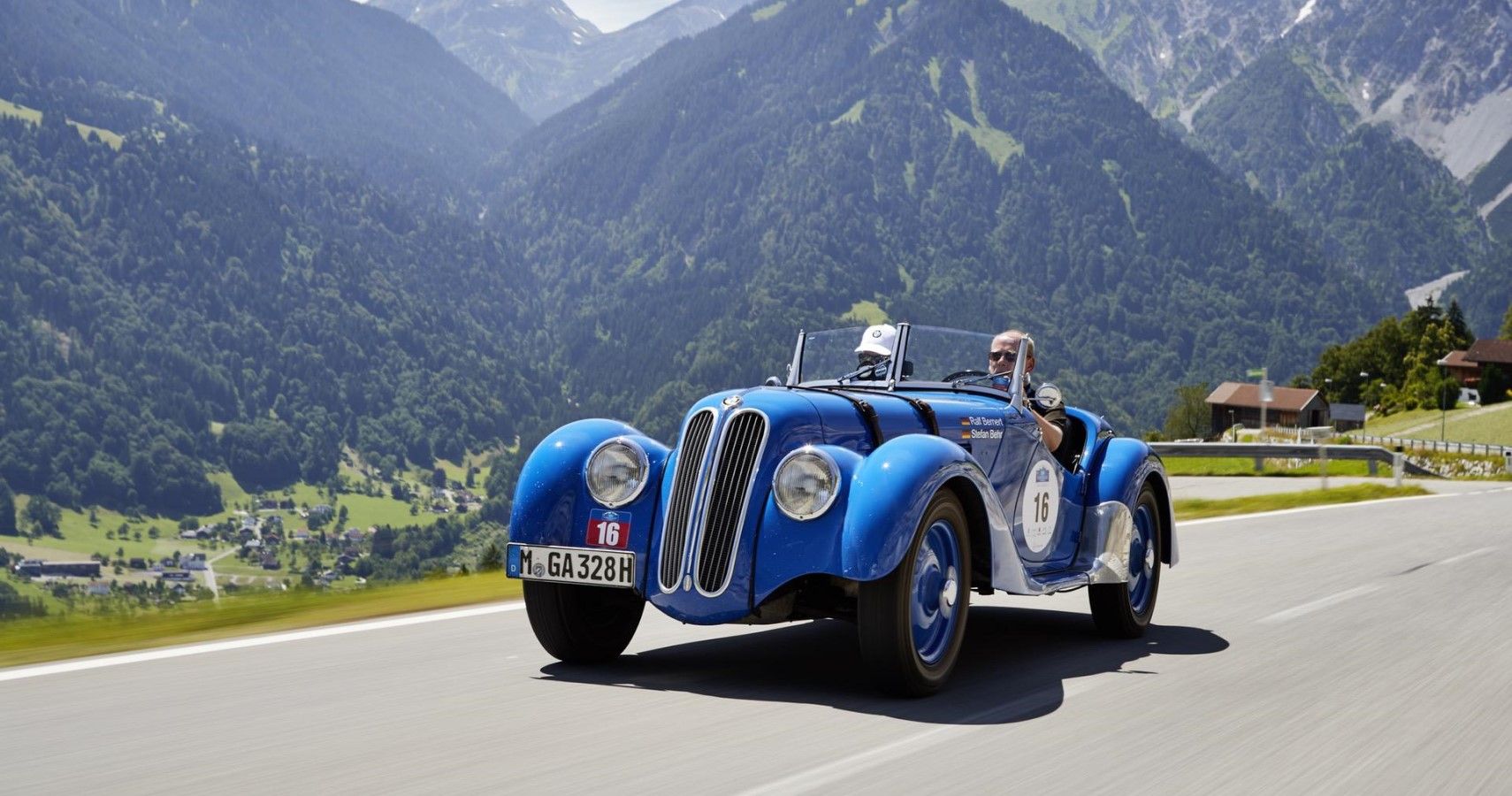
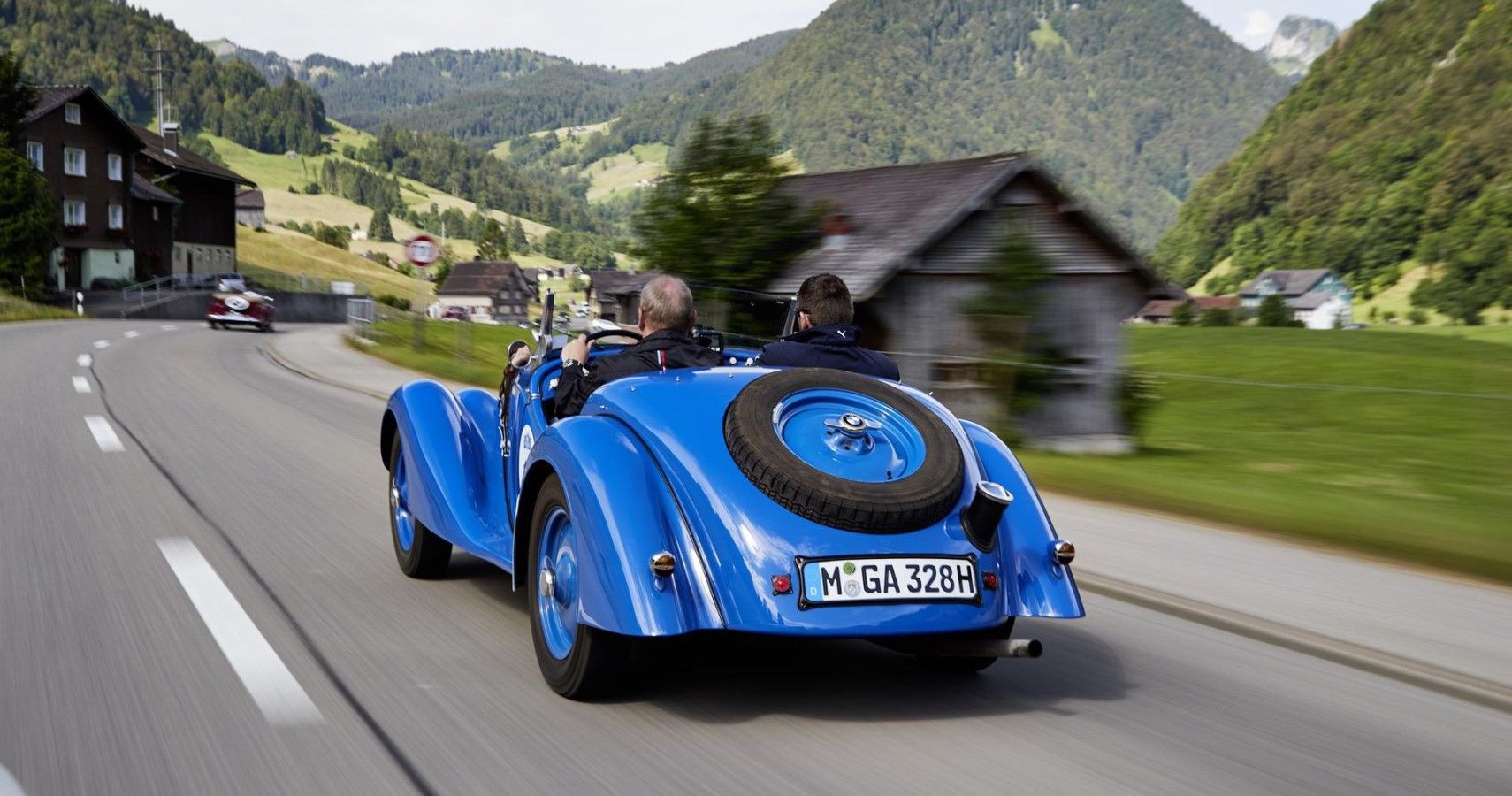

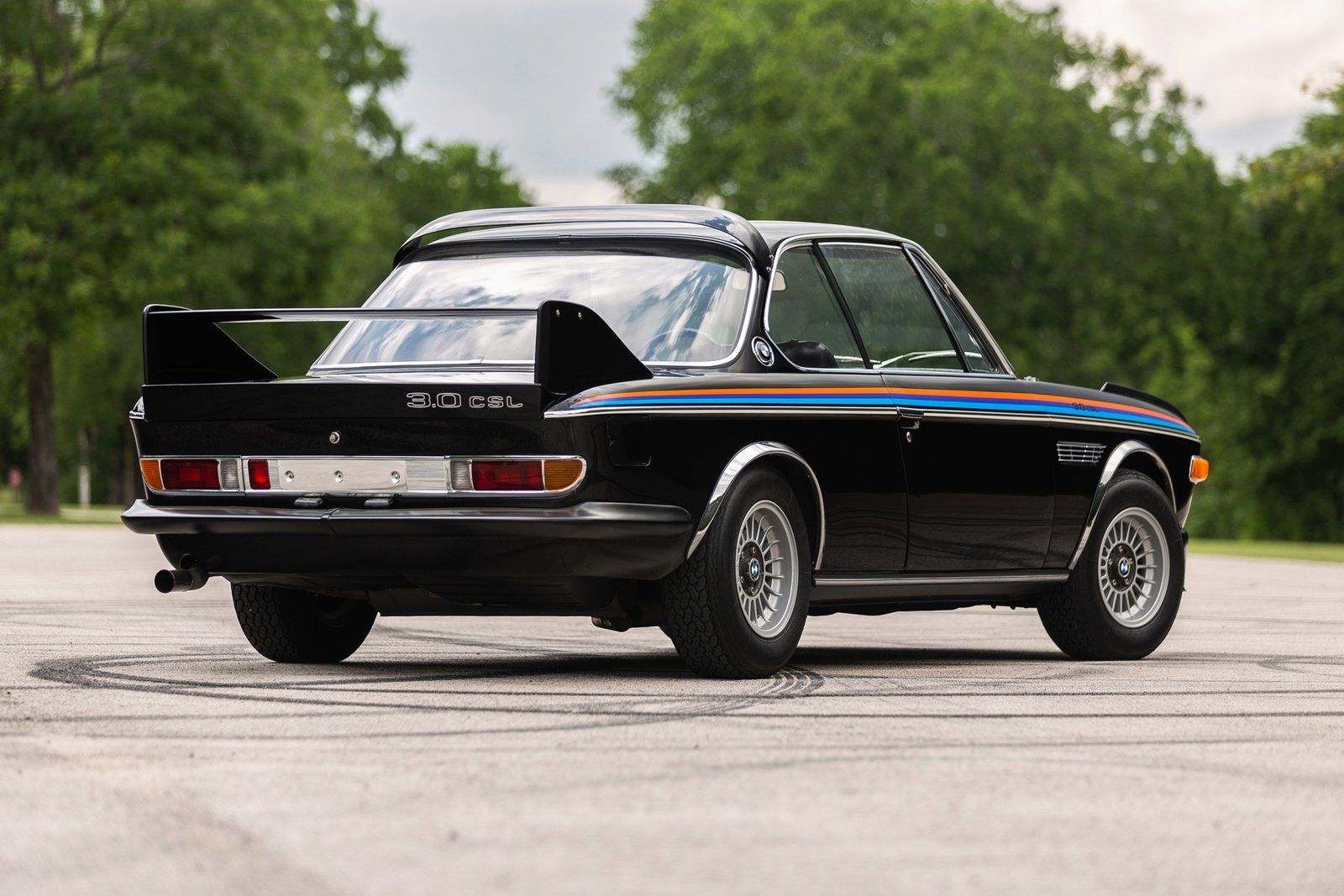
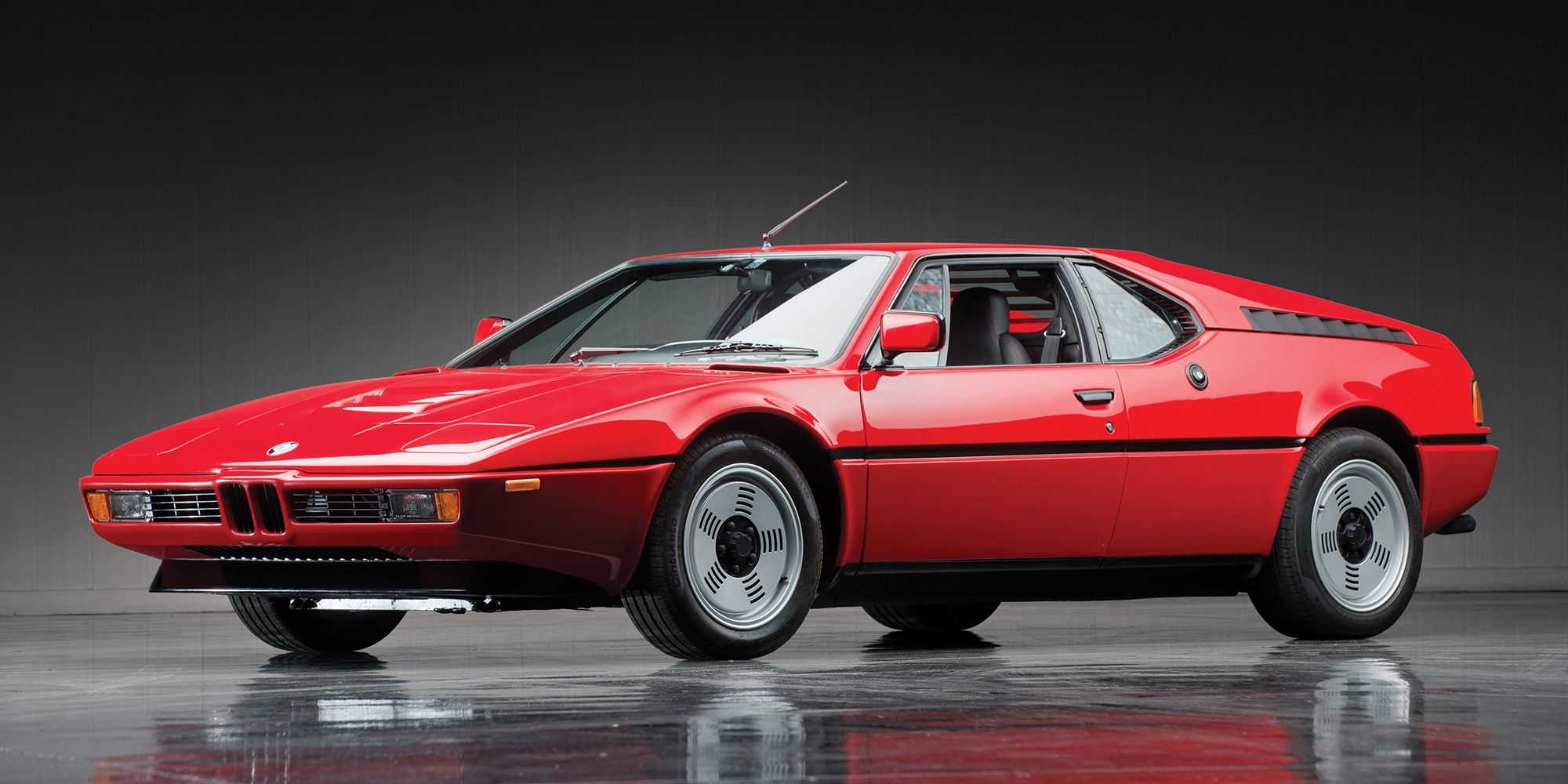
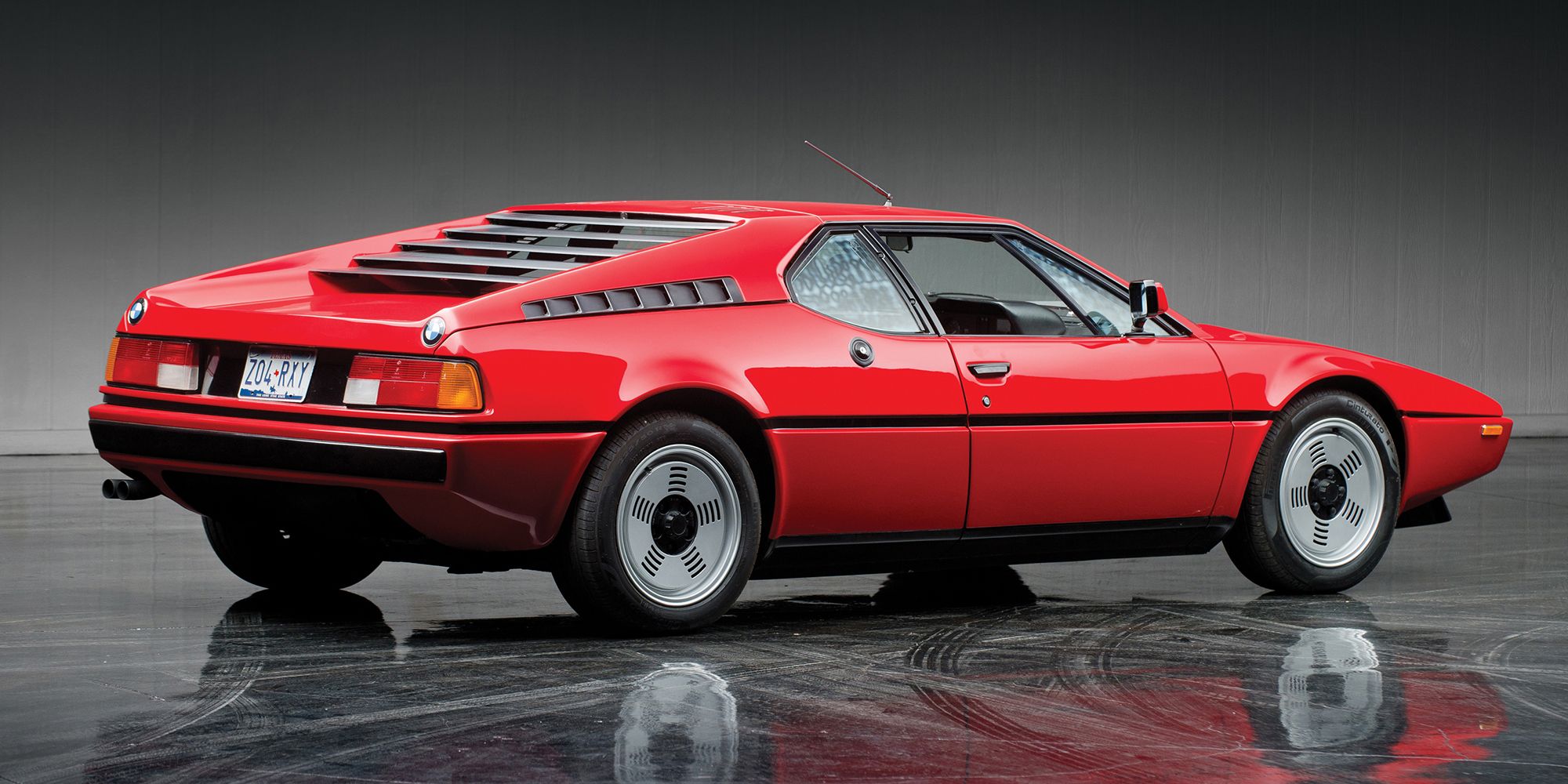
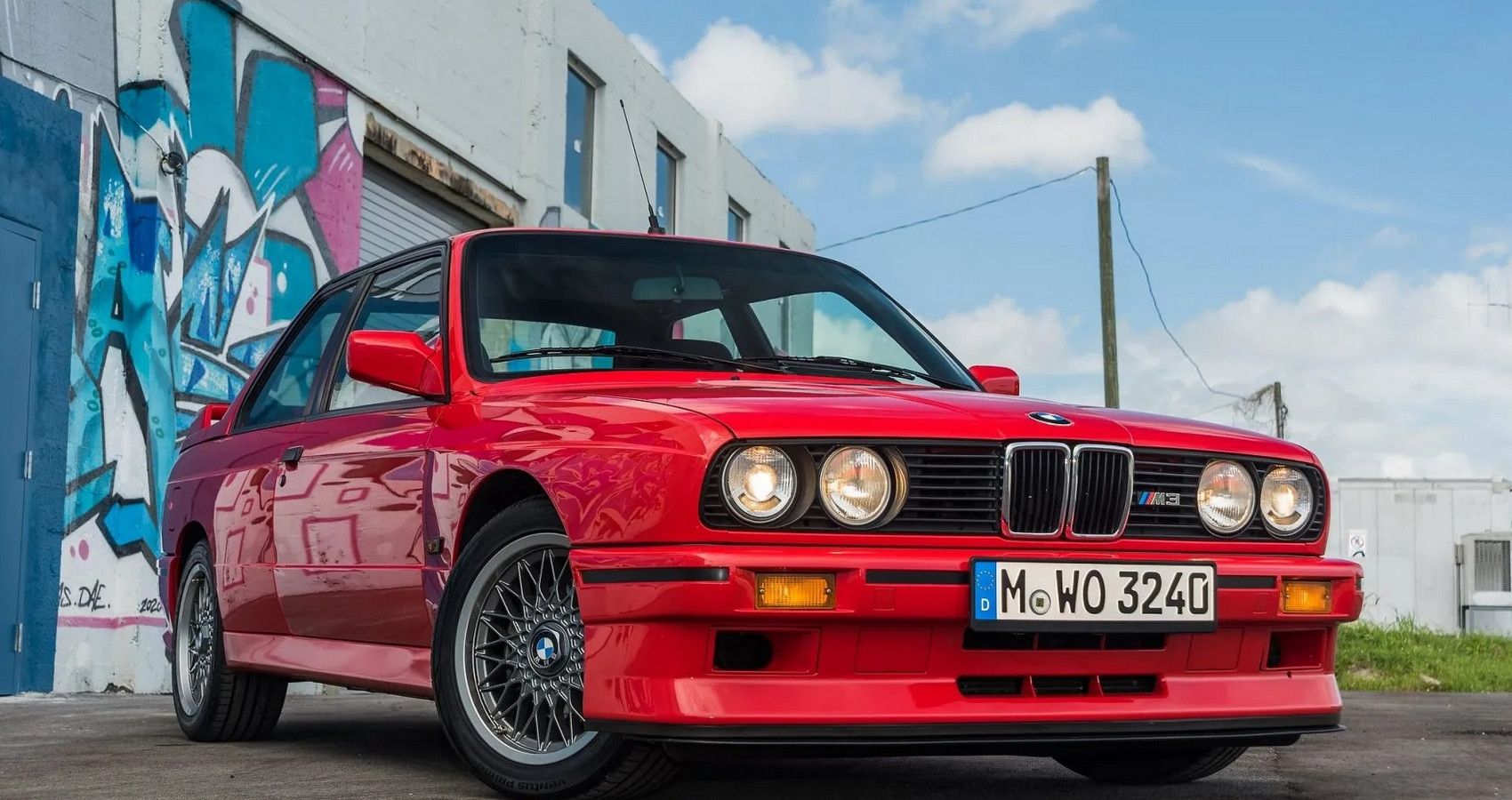
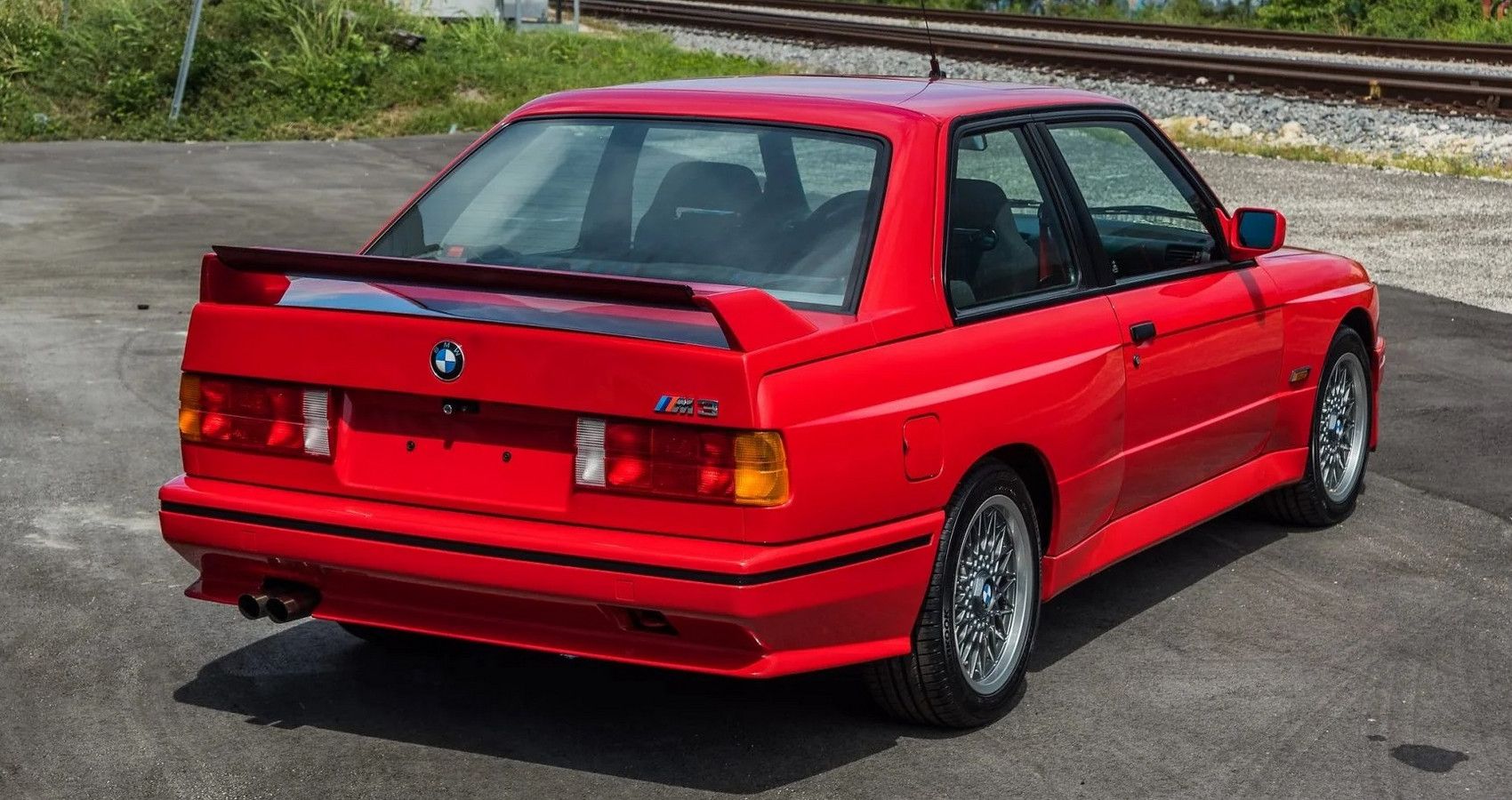
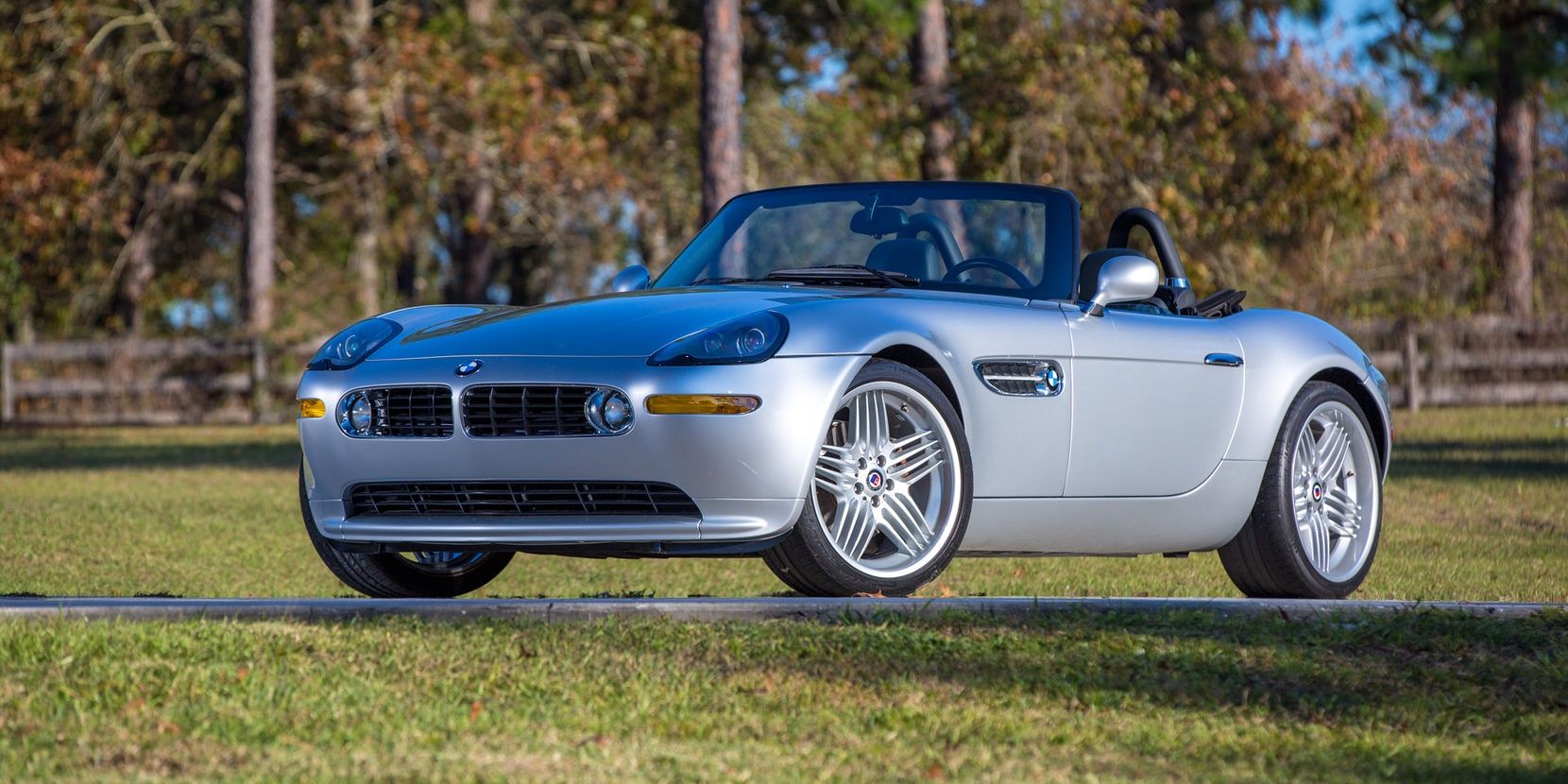
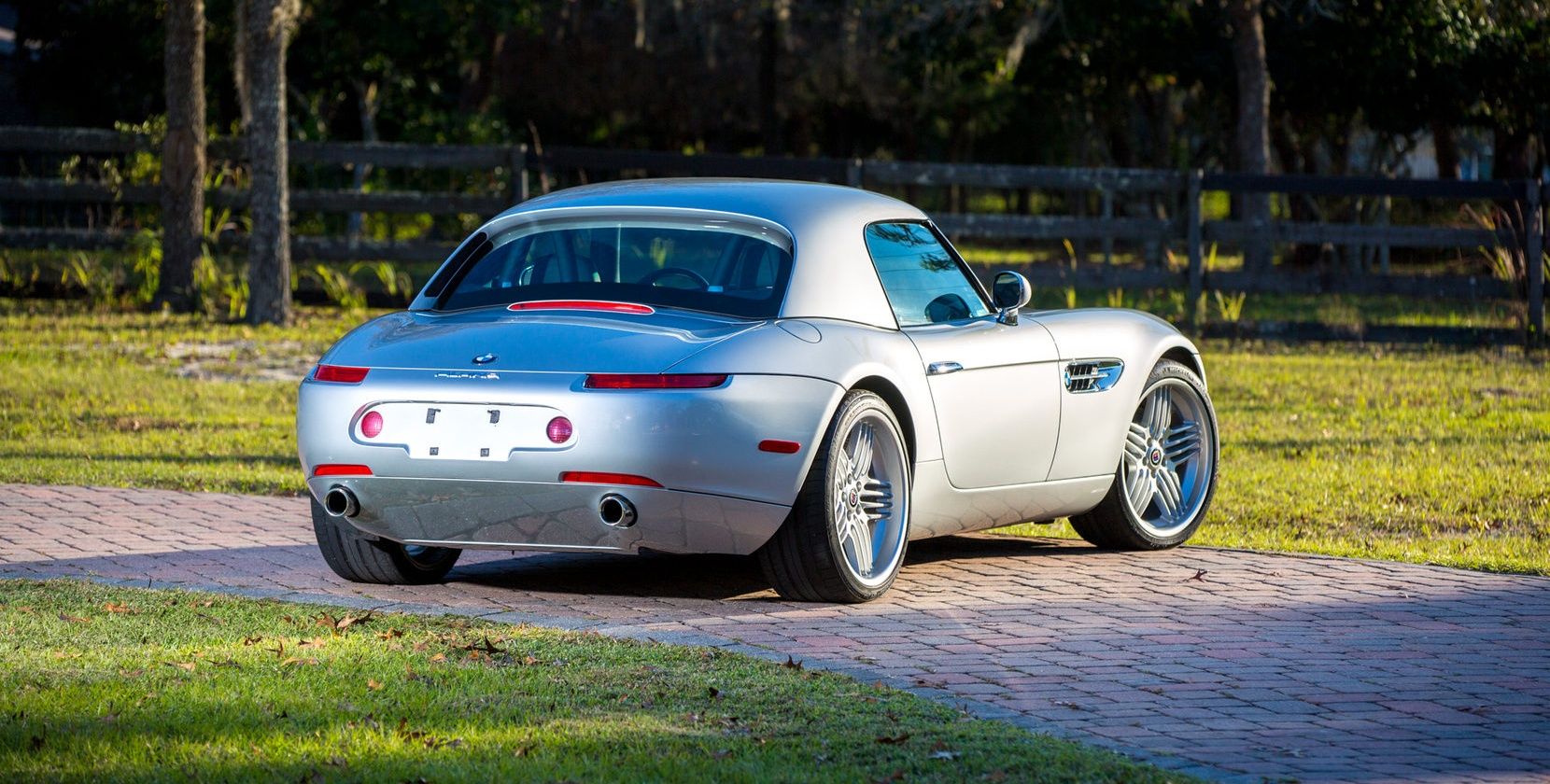
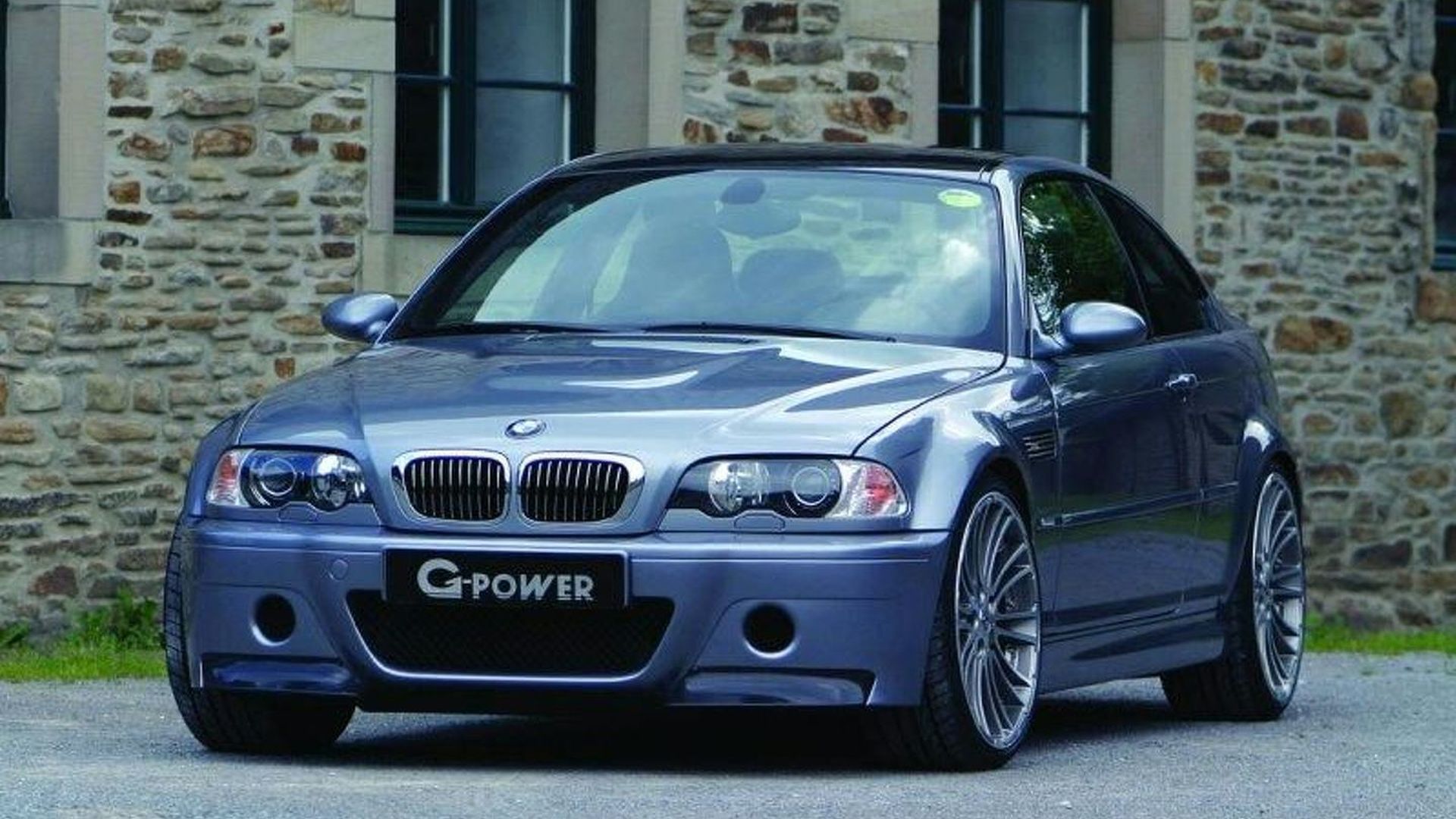
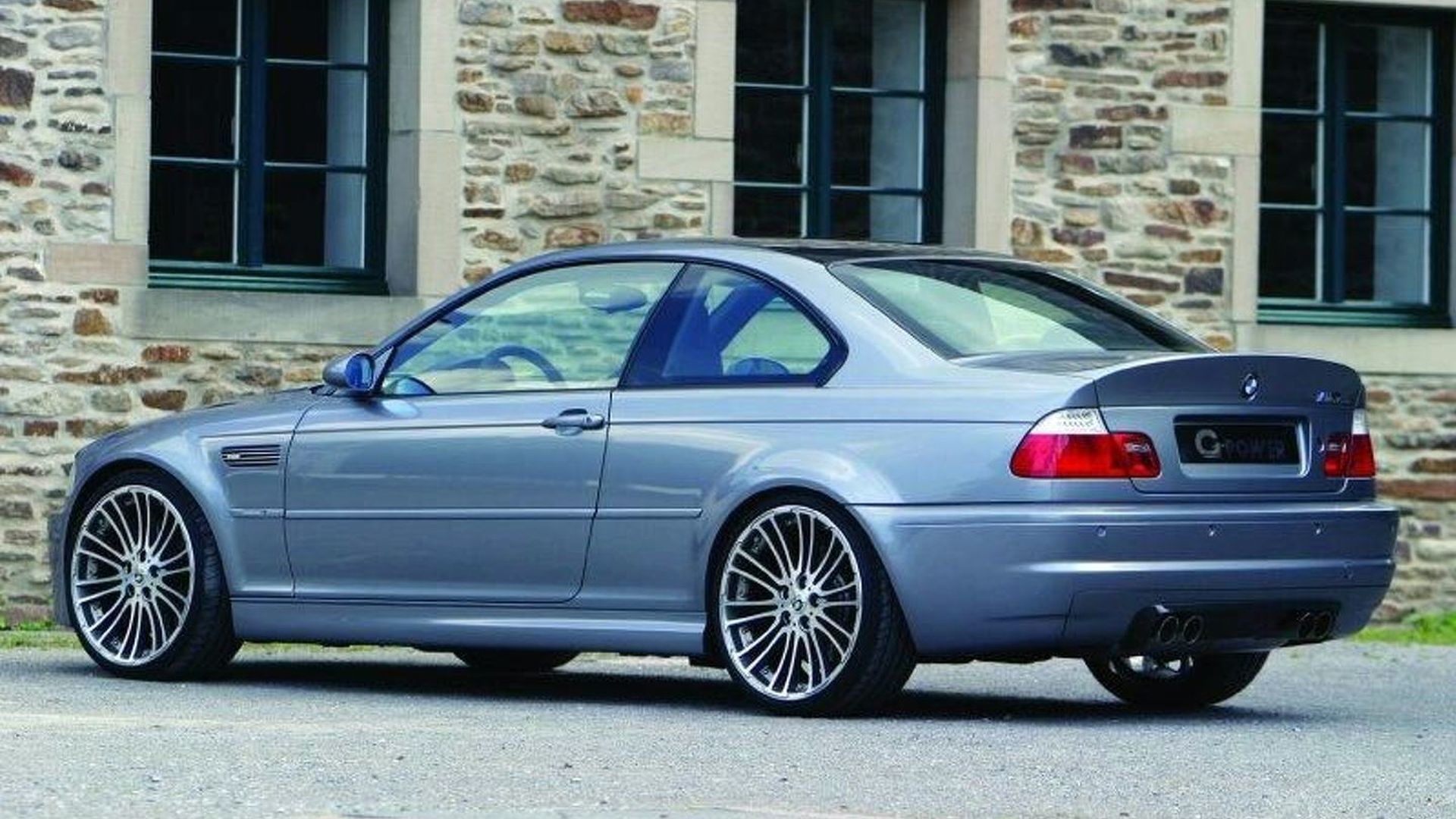
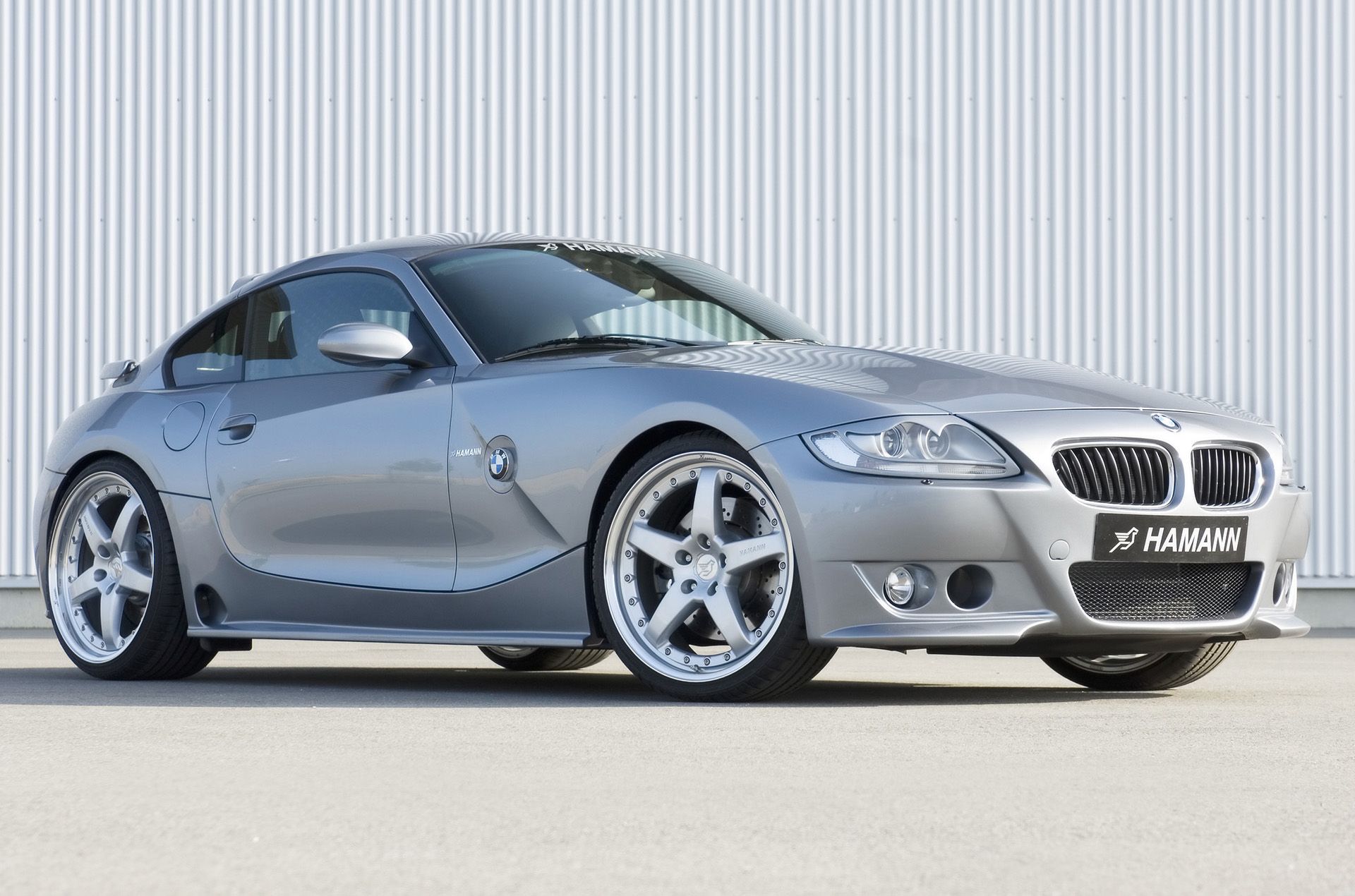
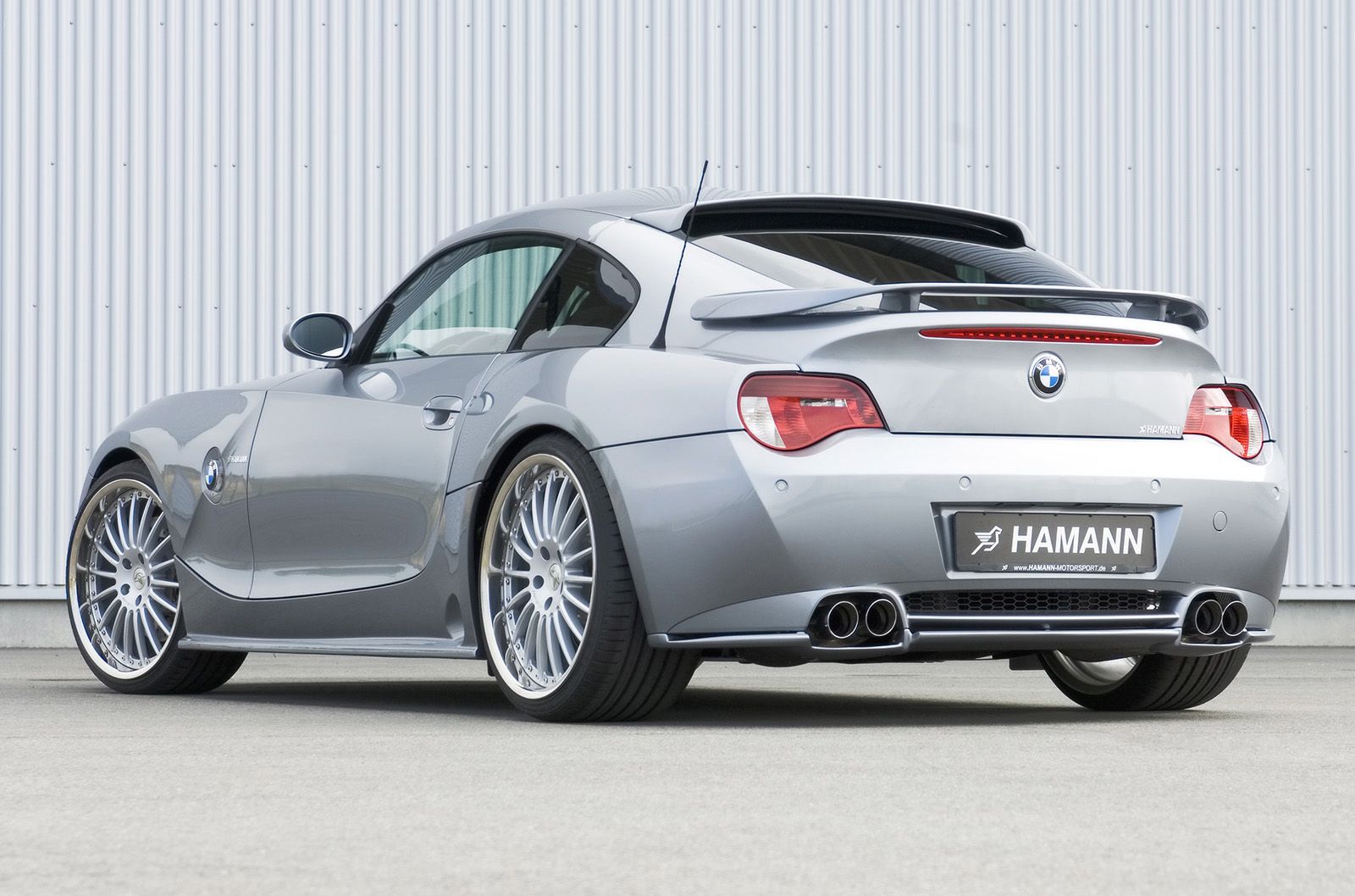
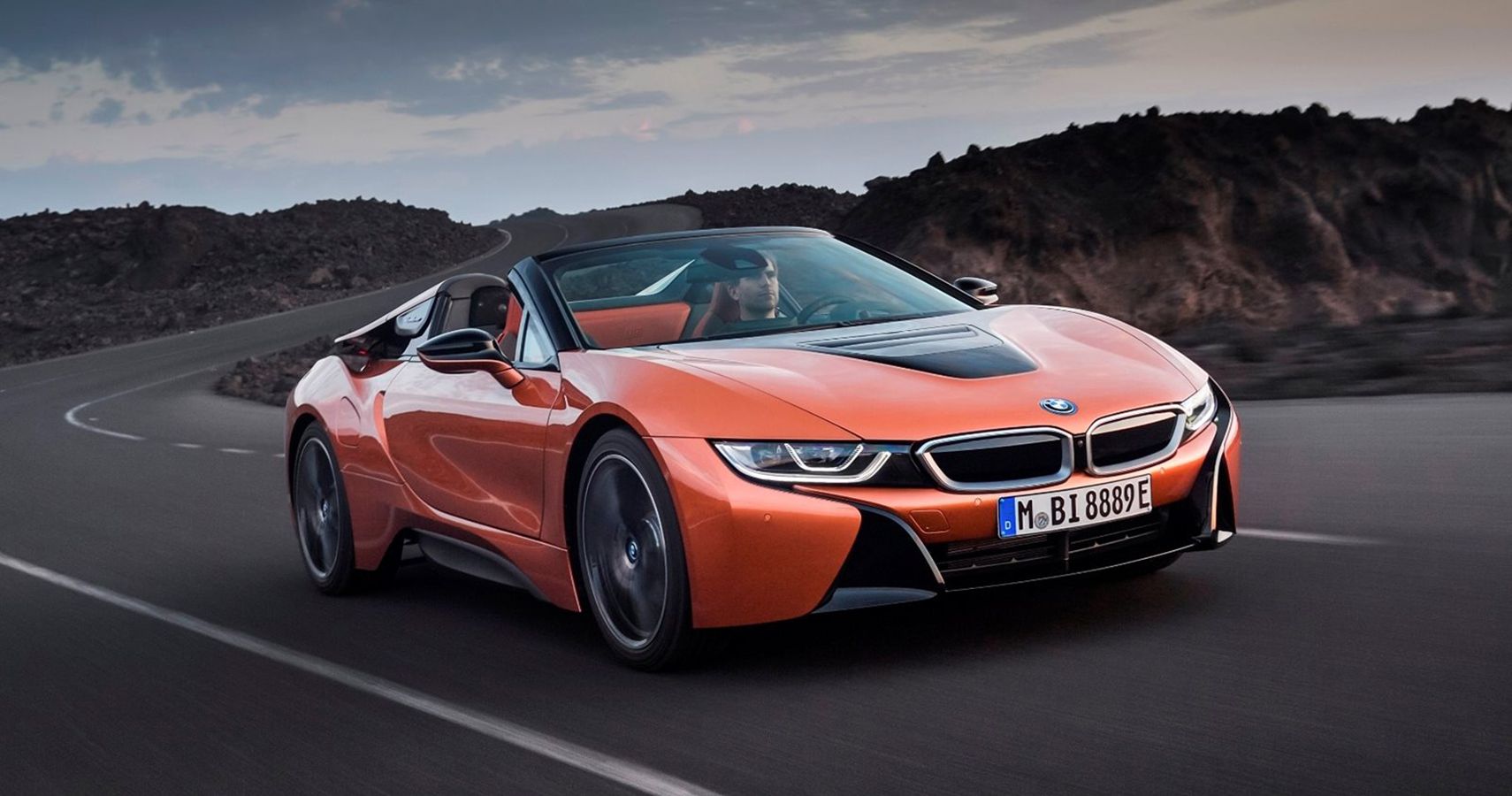
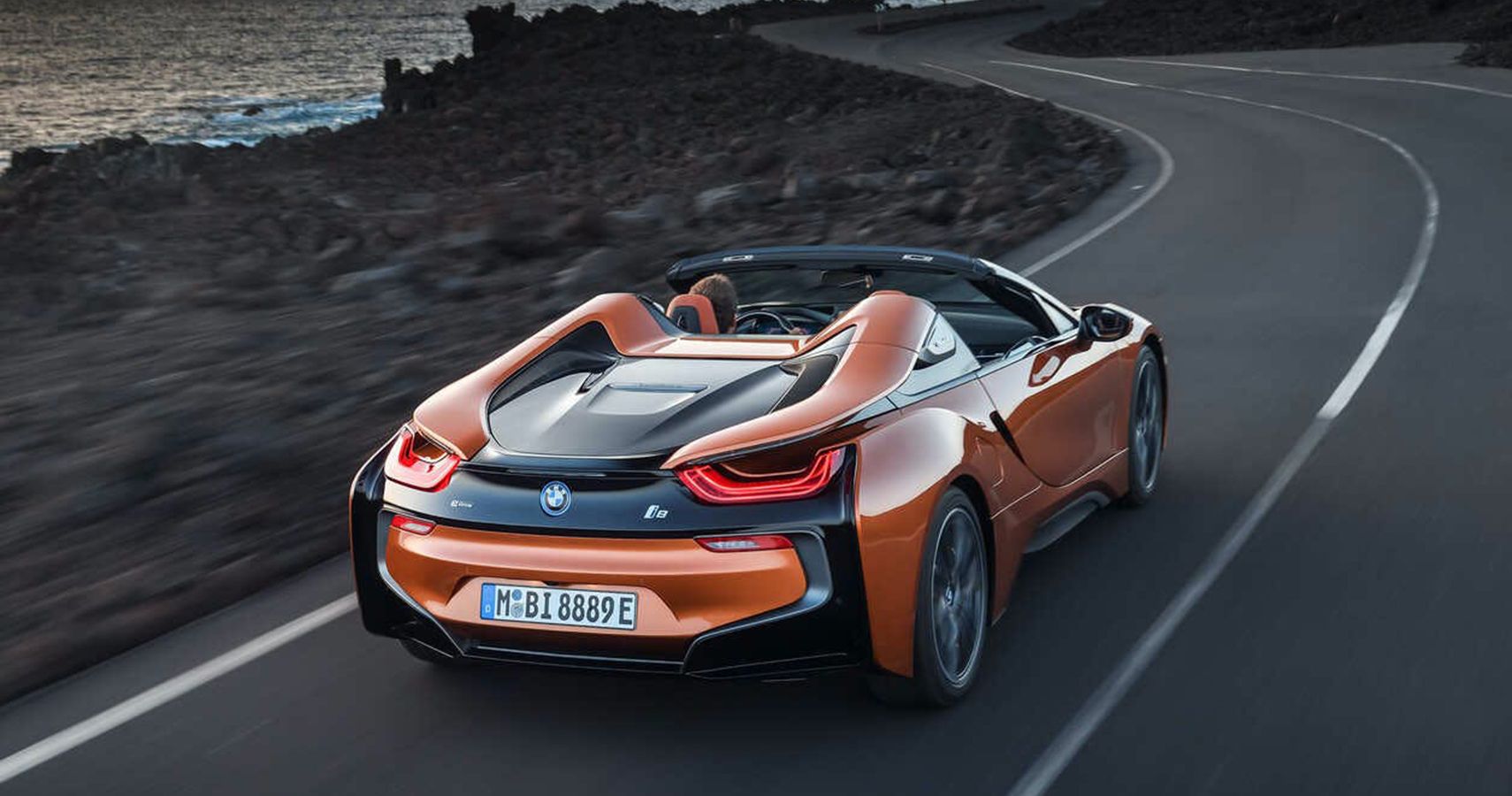
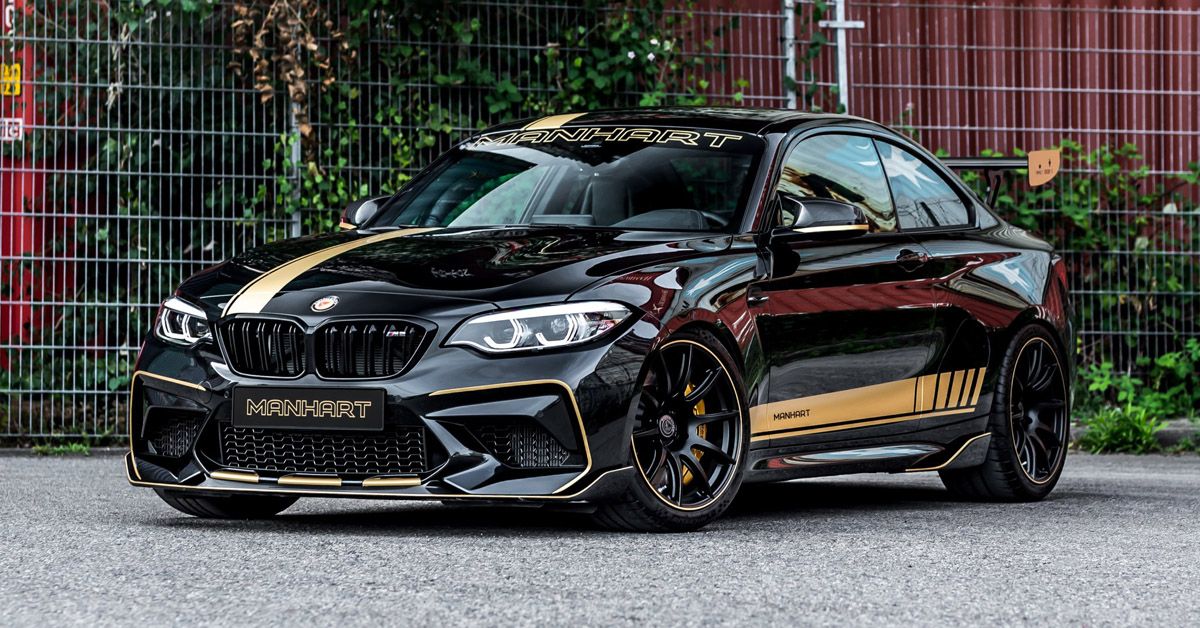
.jpg)
